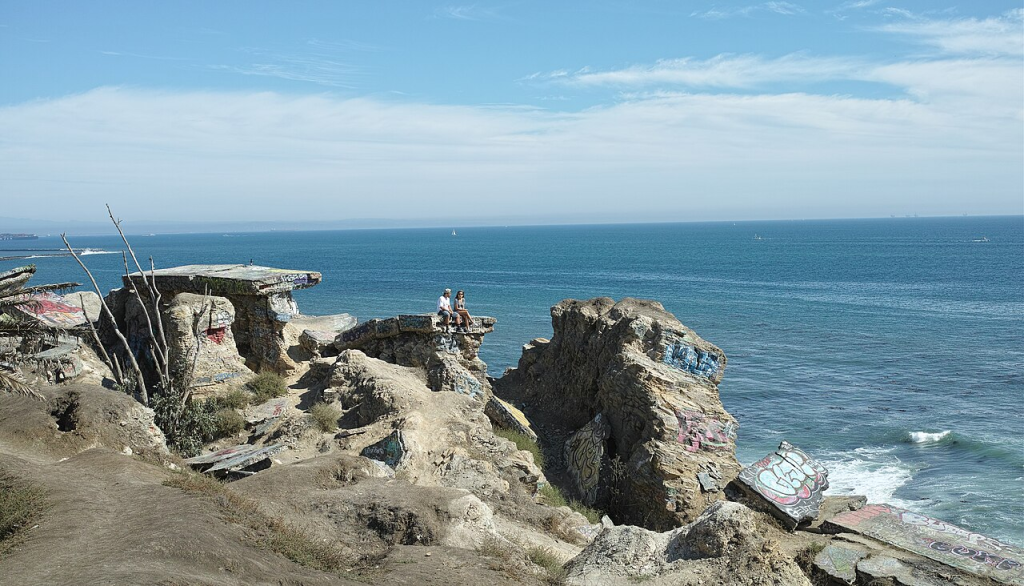
“As far as I’m aware, any civilizations in the last 6,000 years did not have the technological means to create the type of stonework we’re seeing here,” said independent researcher Matt LaCroix. That’s not the kind of statement archaeologists hear every day and it’s why a half‑mile‑long ruin lying 85 feet under Turkey’s Lake Van is shaking up both science and scripture.
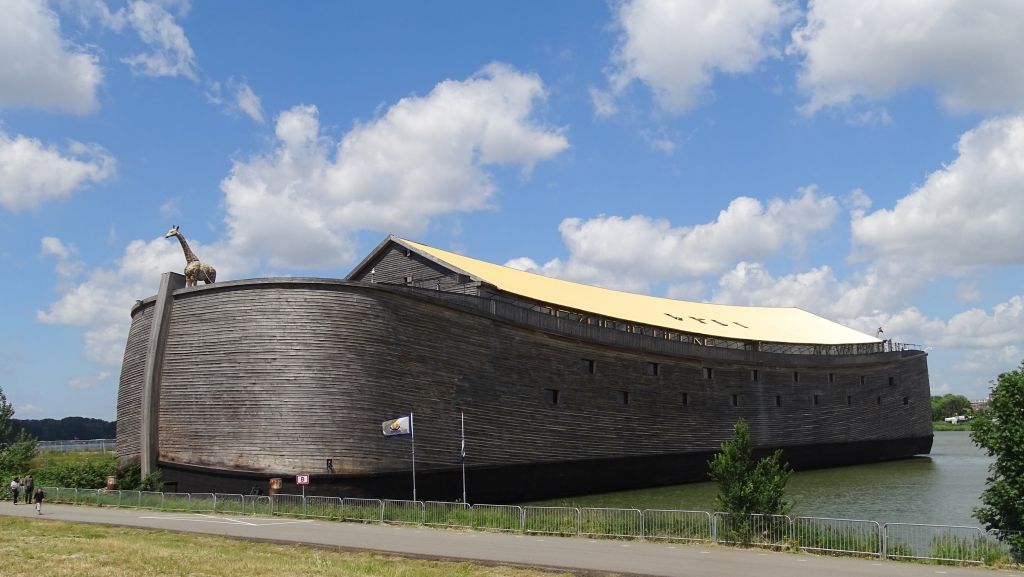
For generations, Noah’s Ark has been a benchmark for religion, art, and discovery. From 19th‑century explorers climbing Mount Ararat to contemporary satellite imagery, the search for physical evidence has been unrelenting. But this newest find a whole submerged city in view of the Ark’s customary site provides something much more multifaceted than an individual artifact. It suggests an advanced, perhaps sophisticated, civilization that ended in a cataclysmic disaster.
What’s rising up out of the silt is more than ancient stone walls; it’s a tale that may connect ancient myth, geological turmoil, and human determination. Here’s why this underwater city ranks as one of our century’s most compelling discoveries.
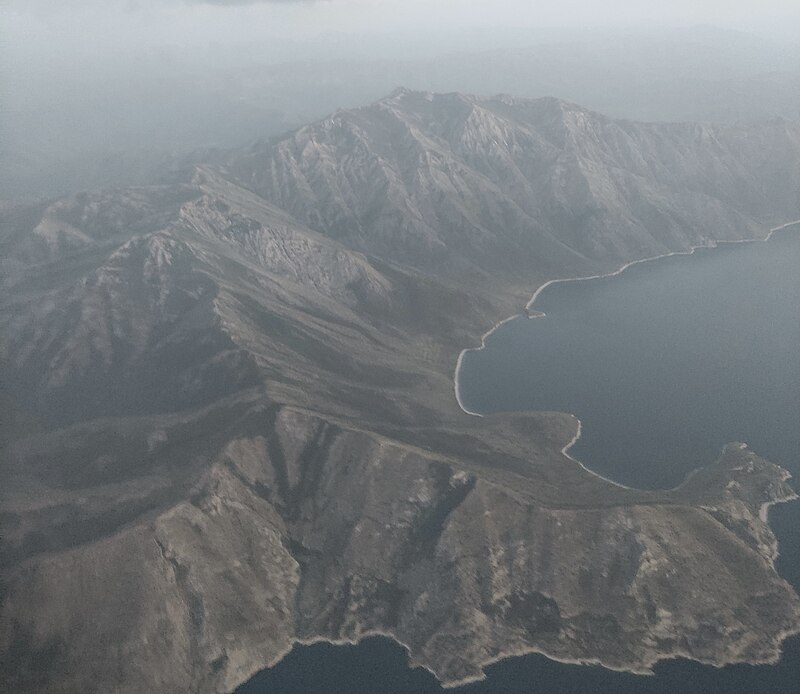
1. A Submerged City On Lake Van
Off the town of Gevaş, only 150 miles from Mount Ararat, divers have charted extensive ruins that measure more than half a mile in length. The complex contains a huge rock fortress, round temples, and a capstone featuring a six‑spoked “Flower of Life” design an ancient motif also present in Peru and Bolivia. Geological data indicate that the city was flooded from 12,000 to 14,500 years ago, when a Mount Nemrut eruption plugged up the Mirat River, and a cataclysmic flood resulted from the Younger Dryas climate disruption.
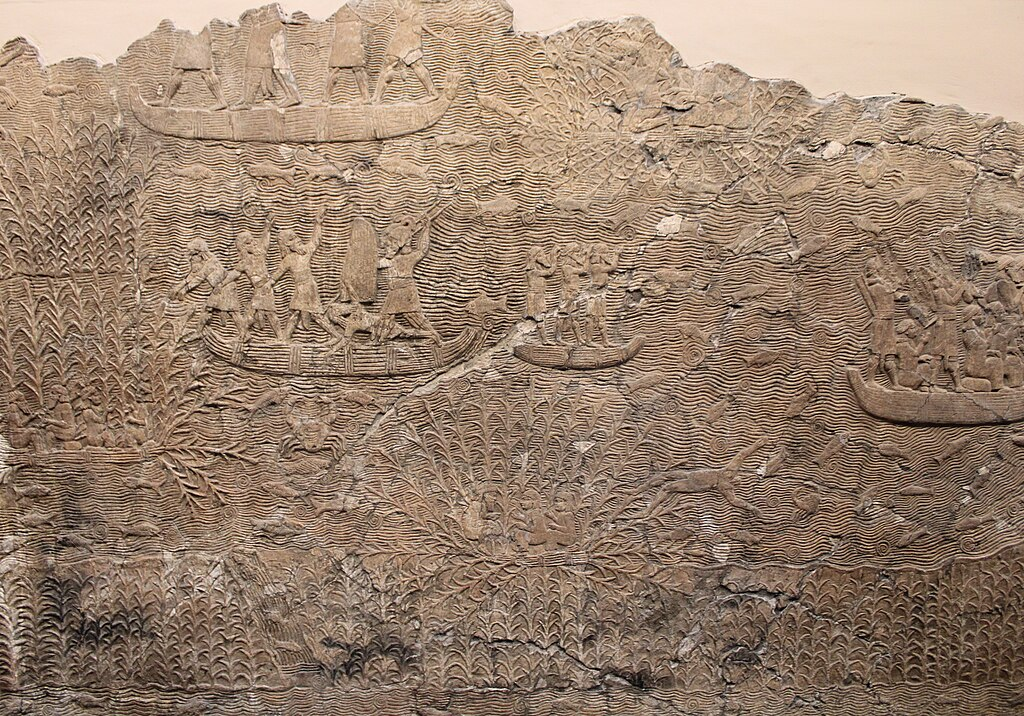
2. Connecting Myth with Mesopotamian Memory
Flood stories date much earlier than the Hebrew Bible. Old Sumerian, Akkadian, and Babylonian sources the Epic of Gilgamesh being one of them describe survivors by the names Ziusudra or Utnapishtim constructing boats to preserve life from divine flood. Archaeological work at Shuruppak in Iraq shows a clear layer of flood above Sumerian remains, repeating these tales. The Lake Van find can link such Mesopotamian lore to a real, localized catastrophe that motivated the biblical Noah.
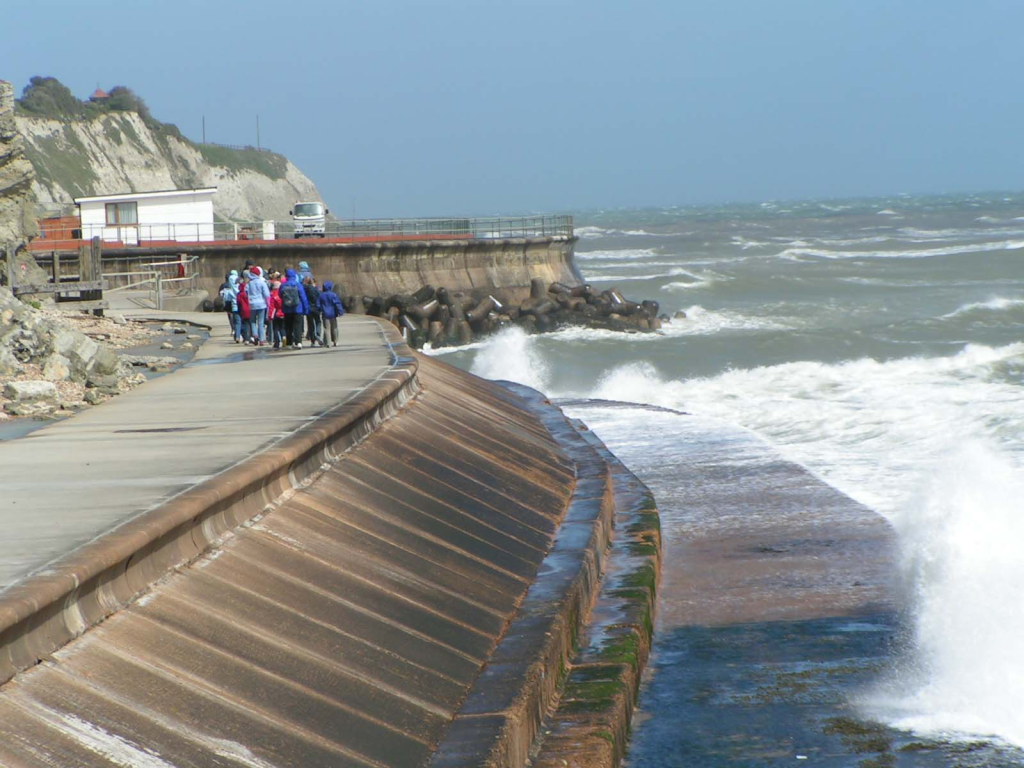
3. The Science of the Submersion
Soil sampling in the region around Lake Van has evident records of volcanic ash from Mount Nemrut’s eruption. LaCroix indicates that the explosion flooded lakes by more than 100 feet, inundating settlements previously believed to be at safe, elevated terrain. This is consistent with palaeoenvironmental evidence demonstrating how sudden changes in the landscape whether due to tectonics, melting glaciers, or volcanic eruptions have repeatedly rewoven human history.
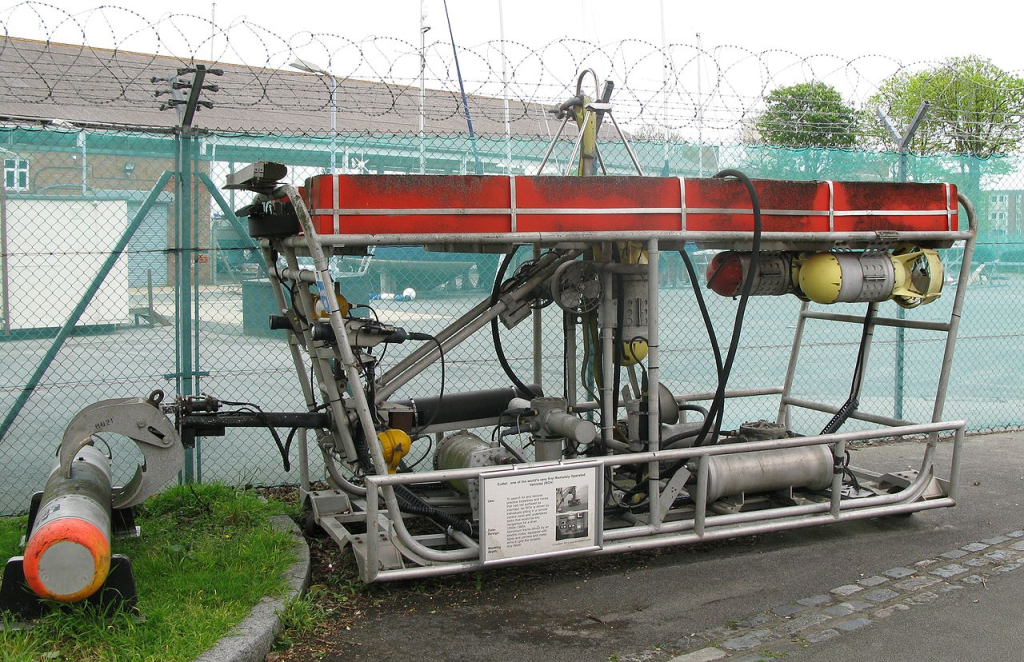
4. Cutting-Edge Underwater Archaeology
Investigating a site such as this is not merely flashlight diving. Archaeologists are using sonar mapping, photogrammetry, and remote-operated vehicles (ROVs) to make 3D models of the ruins. Such methods, applied also on sites such as the Uluburun Shipwreck and Port Royal, make it possible to document with clarity before so much as touching an artifact. Since stone cannot be carbon‑dated, researchers are searching for organic material such as sediment layers or wooden debris to put a solid timeline in place.

5. Why Mainstream Scholars Are Reluctant
The ruins do exist, of course, but most archaeologists date them to the Urartian era 3,000 years ago or even the Middle Ages. Professionals such as National Geographic Explorer Jodi Magness warn us that “archaeology is not treasure hunting” and insist on scrupulous dating before revising history. The conflict between outsiders and academic consensus is part of what makes this find so controversial.
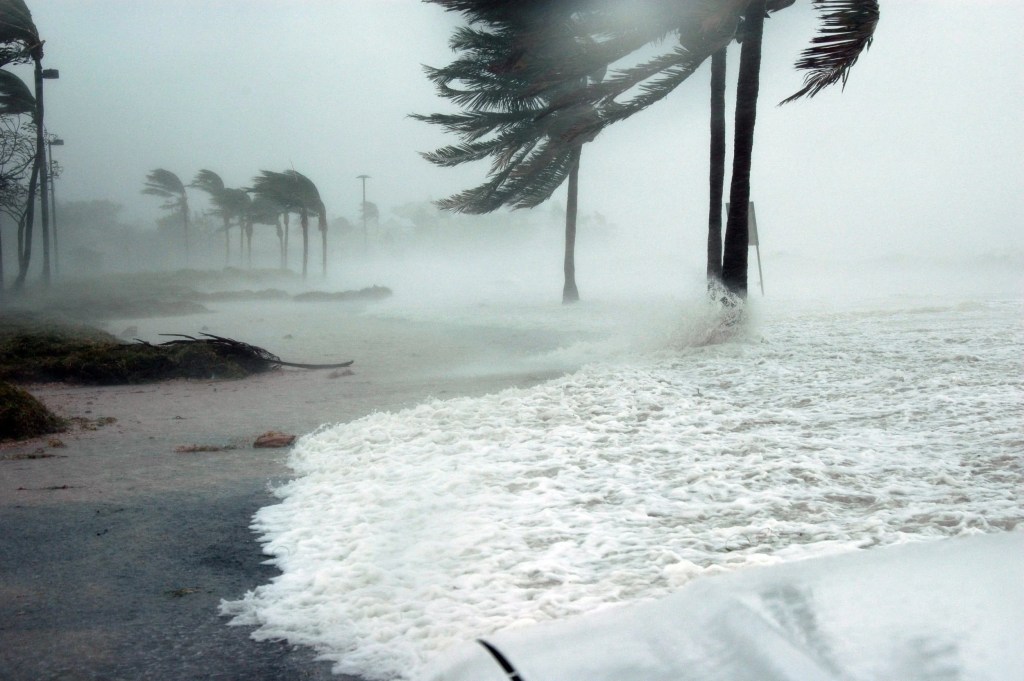
6. Climate Disasters and Civilizational Turnings
From the desiccation of the Green Sahara to the Black Sea flood, history is replete with environmentally triggered events that compelled societies to migrate, change, or disintegrate. The submersion of Lake Van follows this script, illustrating how abrupt natural disasters can destroy entire urban centers while leaving behind narratives that survive for millennia.
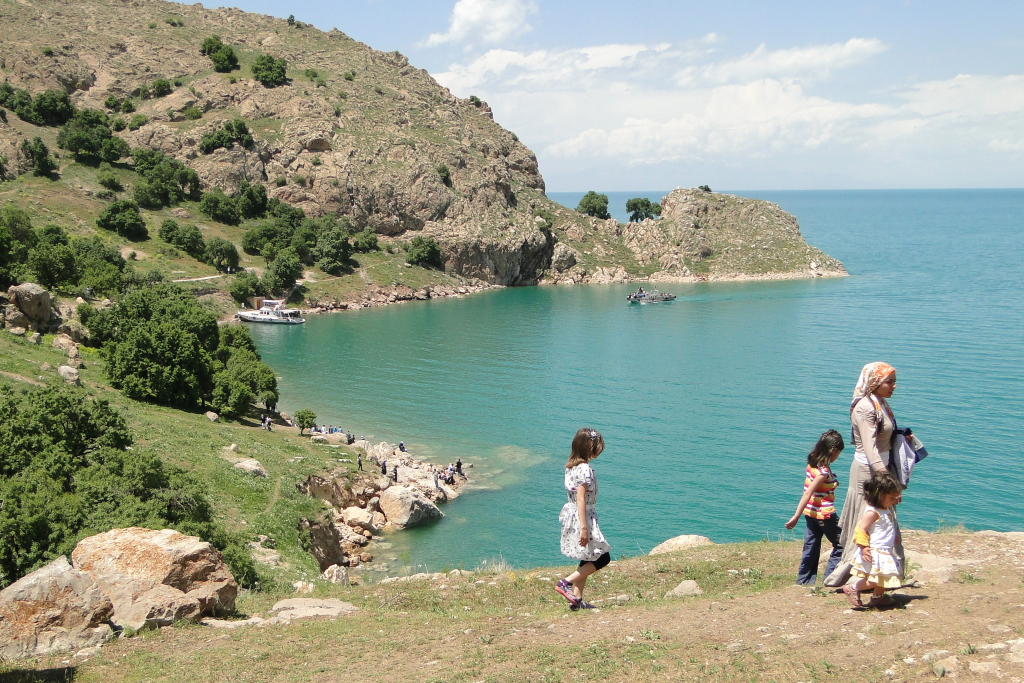
7. Recasting the Noah Story
If the city of Lake Van is older than the biblical flood, that would mean the Genesis account is a cultural recollection of a regional catastrophe, expanded and reworked through generations. As LaCroix summarizes, this isn’t about rejecting scripture but “reframing it in its historical and cultural context.” For theologians, that means the door is open to reconciling faith and science interpreting old books as poetic accounts of actual human experiences facing the extremes of nature.
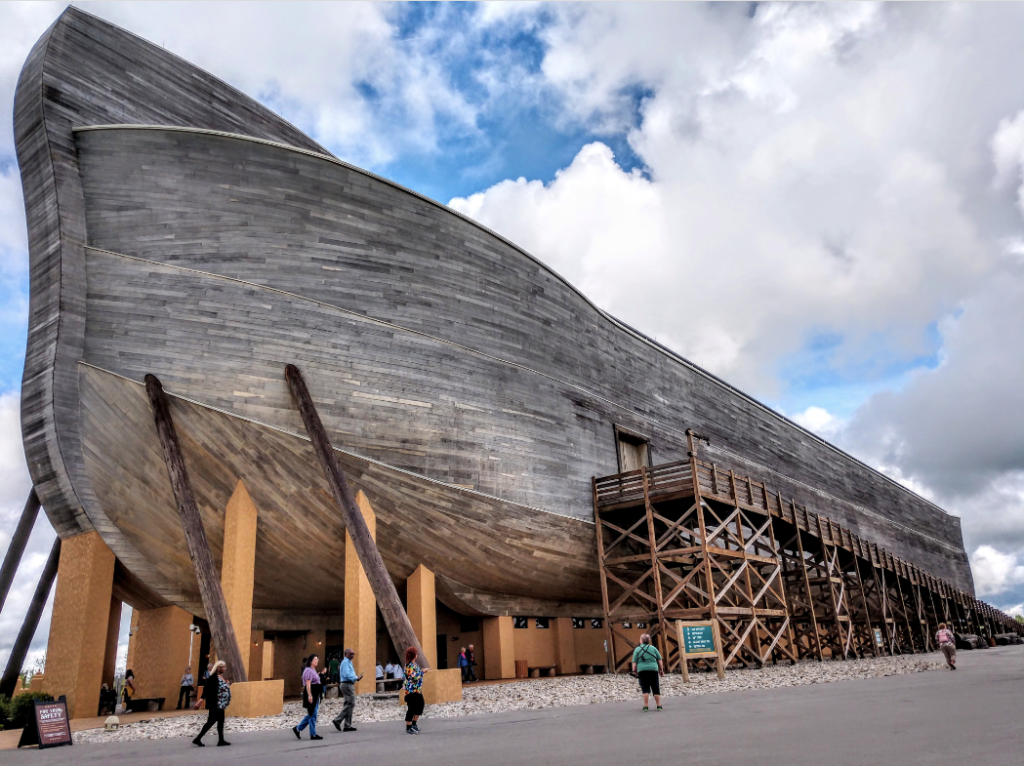
The city under Lake Van continues to reveal its secrets, and final answers are probably years off. But even today, it’s obvious this is more than a curiosity here and there it’s a unique alignment of archaeology, geology, and mythology. Whether it ends up remaking the story of Noah or merely providing a new chapter to humanity’s long waltz with catastrophe, it serves as a reminder that the past is never as certain as we believe and that the longest-lasting truths are most often buried, waiting patiently to resurface at the appropriate time.


